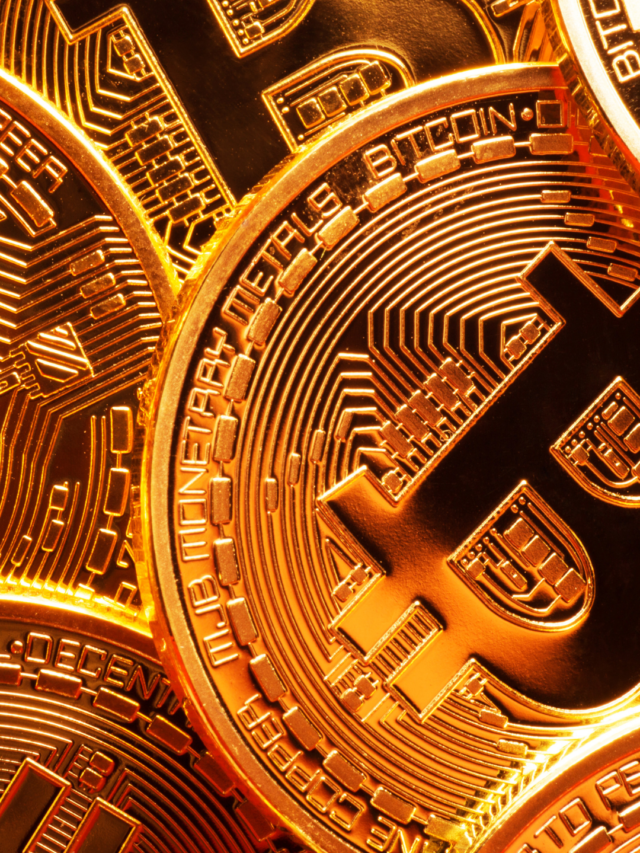[ad_1]
One of the most important pieces of economic data from the euro area was released this week. On Wednesday, the Final CPI y/y data showed inflation in the euro area at 6.9%.
Luxembourg and Spain registered the smallest increases, of 2.9%, respectively 3.1%. While the 6.9% average for the euro area is way higher than the European Central Bank (ECB)’s target of 2%, it is still way below inflation levels seen in other parts of the world. For instance, inflation in the United Kingdom remains in double-digit territory.

In other words, it depends on what one wants to read from this week’s data. Sure enough, the prices of goods and services in the euro area increased faster than the ECB had anticipated.
But some encouraging signs are worth noting.
Median and super core inflation declined in March
Central banks, ECB included, prefer considering measures of inflation that exclude volatile prices of food and energy. Therefore, core inflation data, as it is called, has more influence on the Governing Council’s members when setting the interest rates.

It means that if core inflation stabilizes over the summer, the ECB will stick to 25bp rate hikes instead of 50bp.
So why is this bullish for the EUR/USD rate if the ECB is going to hike less than it did so far due to improvements in core inflation?
The answer comes from the other side of the Atlantic, as the Fed embraces for a small recession.
Economic indicators point to a US economic recession
The case for a higher EUR/USD rate is built on the possible upcoming divergence between the Fed and the ECB. Until now, the Fed hiked the funds rate faster than the ECB.
But economic indicators have shown recently that an economic recession might hit the United States. If that is the case, the Fed will pause or cut, but the ECB will not.
For example, the Leading Economic Index has predicted every recession since 1965. It currently sits in the recessionary territory – so why would this time be different? Also, new manufacturing orders have reached dangerously low levels.
Add to this the fact that the Fed $300 billion to its balance sheet to support struggling banks. Moreover, tech companies keep laying off, a sign that has never been positive for the US economy.
Hence, while the improvements in core inflation data in the euro area might trigger smaller increases in the key interest rate from the ECB, the gap with the Fed is poised to shrink. A higher EUR/USD rate makes sense under such premises.
Ad
Looking to capitalise on rising & falling USD, GBP, EUR rates? Trade forex in minutes with our top-rated broker, eToro.
10/10
81% of retail CFD accounts lose money
[ad_2]









 Join our Telegram Channel
Join our Telegram Channel